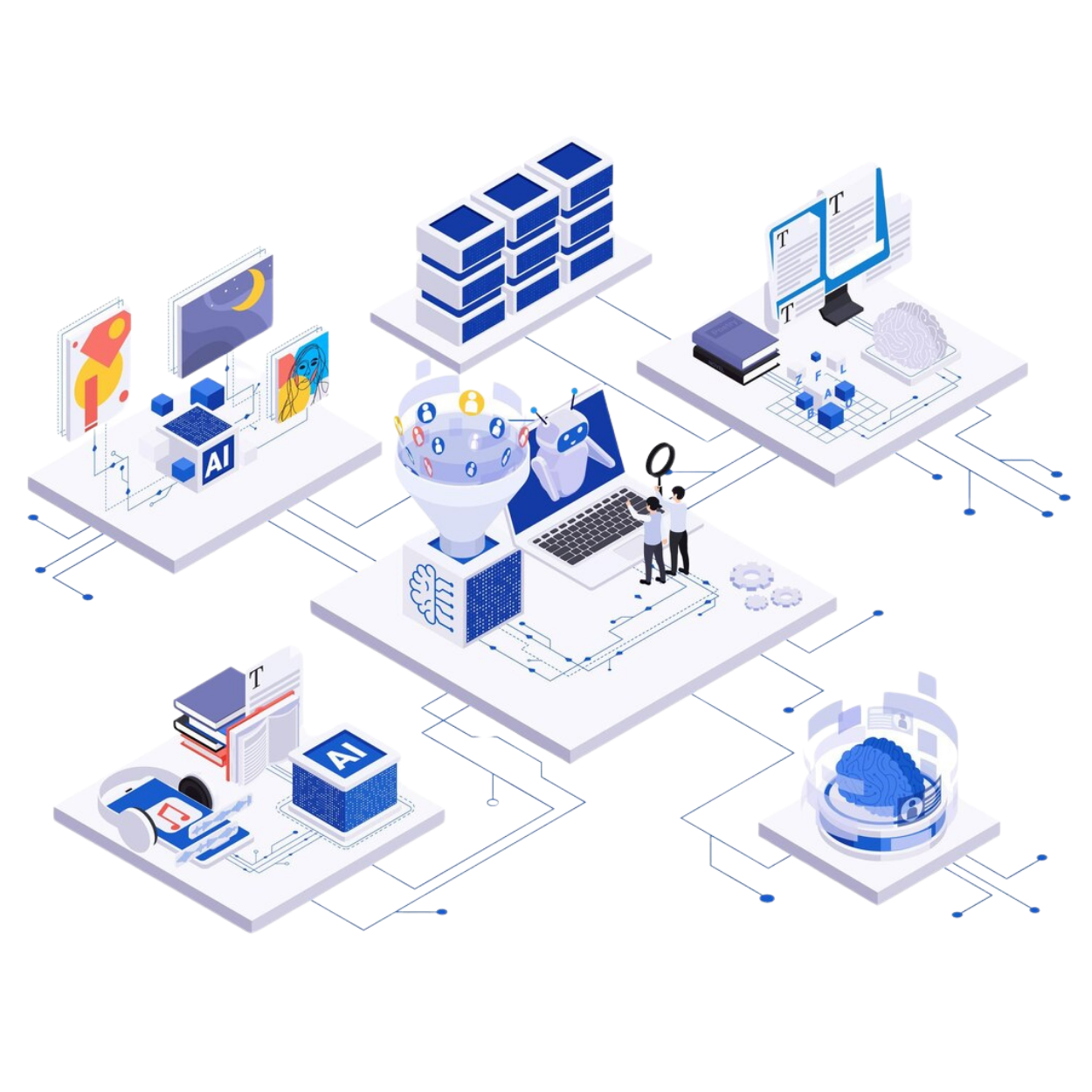
In the realm of artificial intelligence, deep learning stands out as a transformative force, revolutionizing the way machines learn and make decisions. Rooted in neural network architectures inspired by the human brain, deep learning has become a cornerstone technology in solving complex problems and driving innovation across various industries.
Understanding Deep Learning:
Deep learning is a subset of machine learning that focuses on the use of neural networks with multiple layers, also known as deep neural networks. Unlike traditional machine learning algorithms, deep learning models can automatically learn representations of data through these hierarchical layers, enabling them to extract intricate patterns and features from complex datasets.
Key Concepts of Deep Learning:
Applications of Deep Learning:
Challenges and Future Directions:
While deep learning has achieved remarkable success, challenges such as the need for large labeled datasets, interpretability of complex models, and ethical considerations pose ongoing research opportunities. The future of deep learning holds the promise of even more sophisticated architectures and applications, pushing the boundaries of what AI can achieve.
In conclusion, deep learning is a groundbreaking technology that continues to reshape the landscape of artificial intelligence. Its ability to automatically learn intricate representations from data propels advancements across various domains, paving the way for a future where machines comprehend, interpret, and innovate at unprecedented levels.